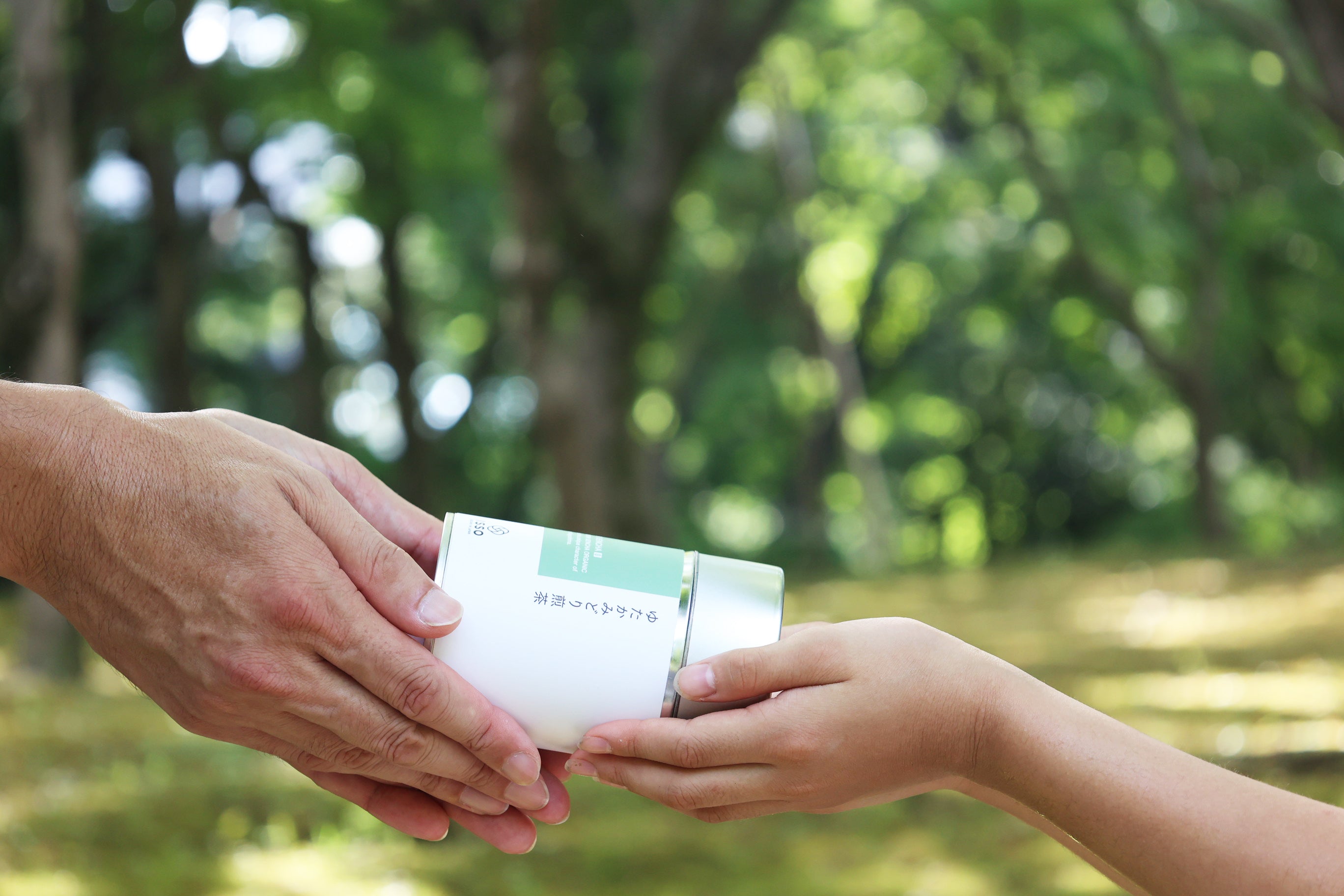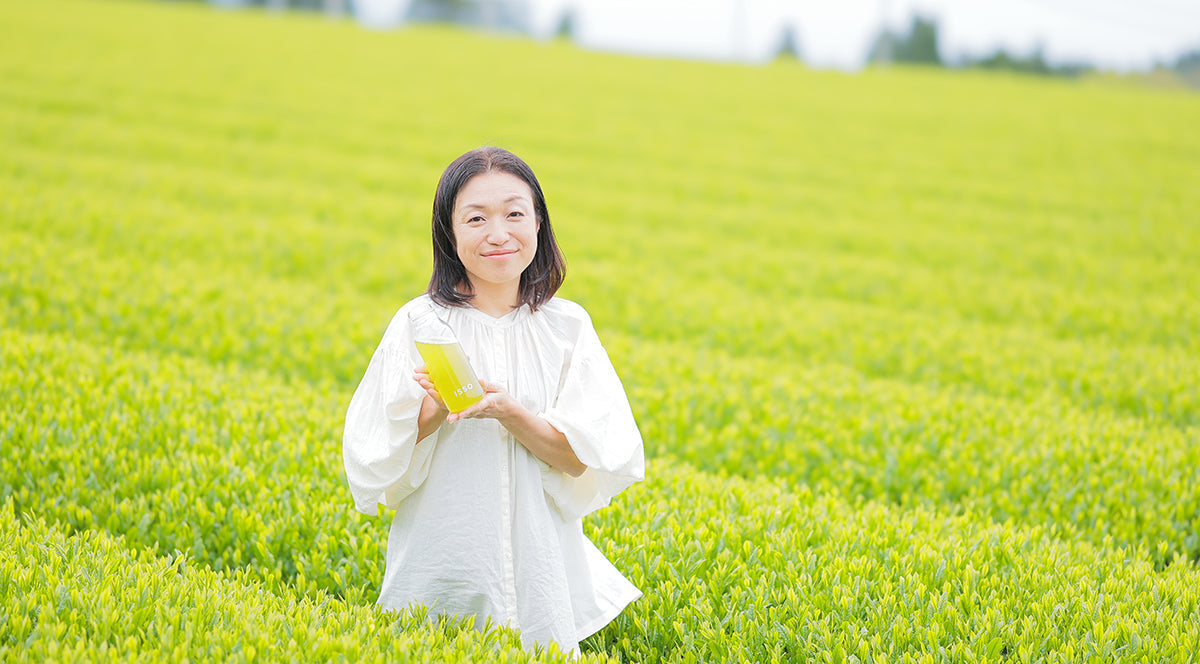
Passing Down “A Good Japanese Way of Living” to the Next Generation: The Story Behind the Birth of Organic Japanese Tea Brand “ISSO TEA”
Sencha, Hojicha, Genmaicha, Matcha ——
Do you drink Japanese tea?
When and how do you enjoy it?
ISSO Co., Ltd. is a company driven by the mission of “offering the world a window on contemporary Japanese lifestyle." In May 2024, we launched ISSO TEA: “Contemporary Organic Japanese Tea.” We carefully select only the highest-quality leaves from rare, organically grown Japanese tea, offering them both in Japan and internationally.
Why are we so particular about organic tea? Why did we choose now to launch a Japanese tea brand? Founder Masae Saito shares the story and values behind ISSO TEA.
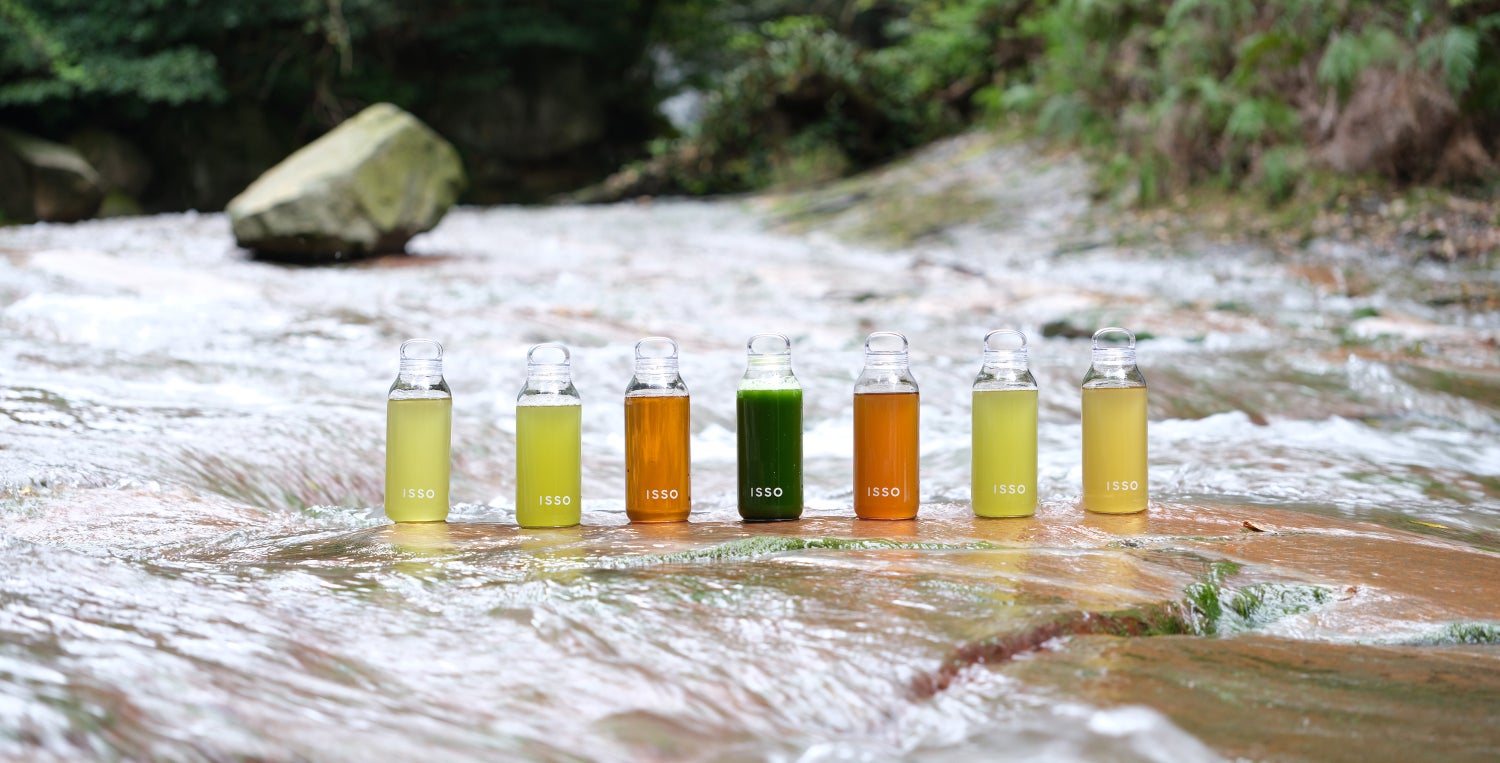
◆ Every Country Should Be True to Itself — The Desire to Preserve the Essence of “Japan”
When people hear that I’m running a business to promote the beauty of Japanese tea, they often assume I’ve always loved tea or Japanese culture. But the truth is, I wasn't very familiar with Japanese tea. My experience was mostly with bottled teas or matcha lattes. Even when I wanted to buy tea, I would often be overwhelmed, unsure of what to choose, and left standing in front of store shelves.
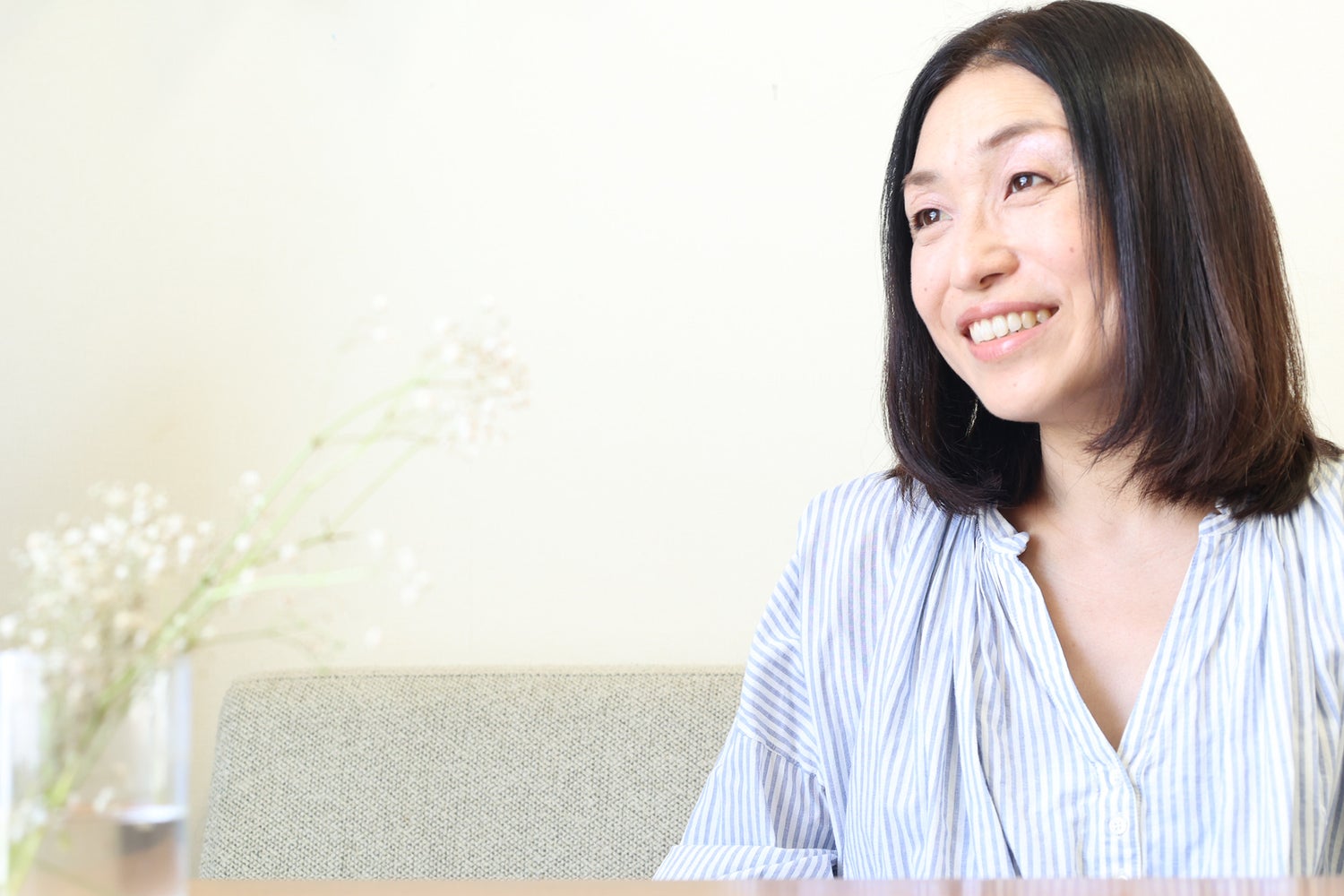
So why did I end up founding a tea brand?
It all began with my experiences abroad as a student.
Back in the early 2000s, when many young people were studying overseas, I visited countries such as the United States, Australia, South Korea, and China. Each place had its own unique lifestyle and culture. These experiences made me appreciate the charm of other countries — and in turn, opened my eyes to Japan’s own culture and uniqueness. I found myself thinking, “Japan is a wonderful country too.”
That appreciation wasn’t limited to traditional culture. It included the ambiance of small shops and vintage stores in my hometown of Shimokitazawa, the iconic scramble crossing in Shibuya, the scent of nature — all of which felt inherently Japanese. I began to admire the beauty of Japan from a fresh perspective, as though I were seeing it for the first time.

At the same time, I also began noticing how some of Japan’s strengths were slowly fading. Fewer people were traveling abroad, and more were feeling uncertain about Japan’s future. When I had my own child, the desire to leave behind something of value — to share the sense of “Japan is a wonderful place” — grew stronger.
I also felt that the world’s lifestyles were becoming more and more alike. As a traveler, I wanted to experience the authentic lives of each country. Cuba should feel Cuban. Egypt should feel Egyptian. And Japan should feel Japanese. I believe respecting and celebrating these differences is something valuable we can pass on to the next generation.
These feelings ultimately led me to want to create something that embodies the essence of Japan. Before founding ISSO, I had even organized tea ceremonies combining contemporary art in temples and tea rooms. I ended up starting my own business after working with several entrepreneurs — seeing “entrepreneurship” as a tangible option made me feel it was the right time to build something of my own.
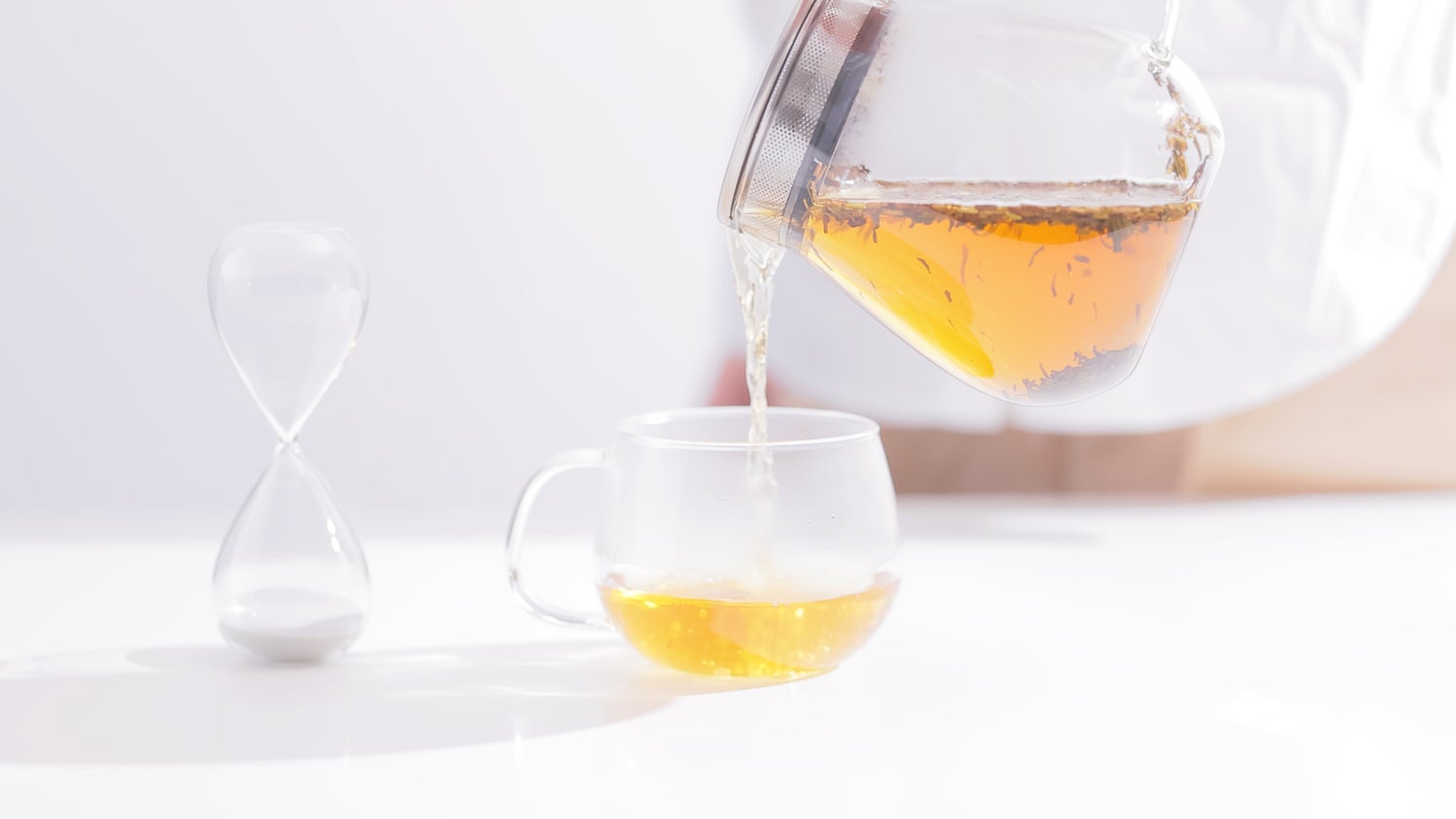
◆◆ Why We Focus on Overseas Markets: Creating Demand Through “Reimportation”
We chose Japanese tea because it’s deeply rooted in daily life, yet its full value hasn't been fully conveyed — especially outside Japan. Interest in matcha and green tea has been gradually increasing overseas, and I thought, “Maybe this is something we can share with the world.”
One reason I focused on Japanese tea was my own near-loss of the practice of brewing tea from leaves. Leaf tea consumption in Japan is declining. I felt it would be a real loss if the custom of brewing loose-leaf tea disappeared entirely. At the same time, green tea exports were increasing — suggesting an interesting gap in demand.
Rather than first reviving demand in Japan, I wanted to begin by introducing Japanese tea to global audiences — with the hope that it would later circle back and reinvigorate domestic interest in tea.
We began with brand concept development. At its core was a vision of “healthy, nature-connected living for the future.” I strongly resonated with the values of sustainability and chose to focus on organic tea — especially as we were aiming for the overseas market, where organic products are in high demand.
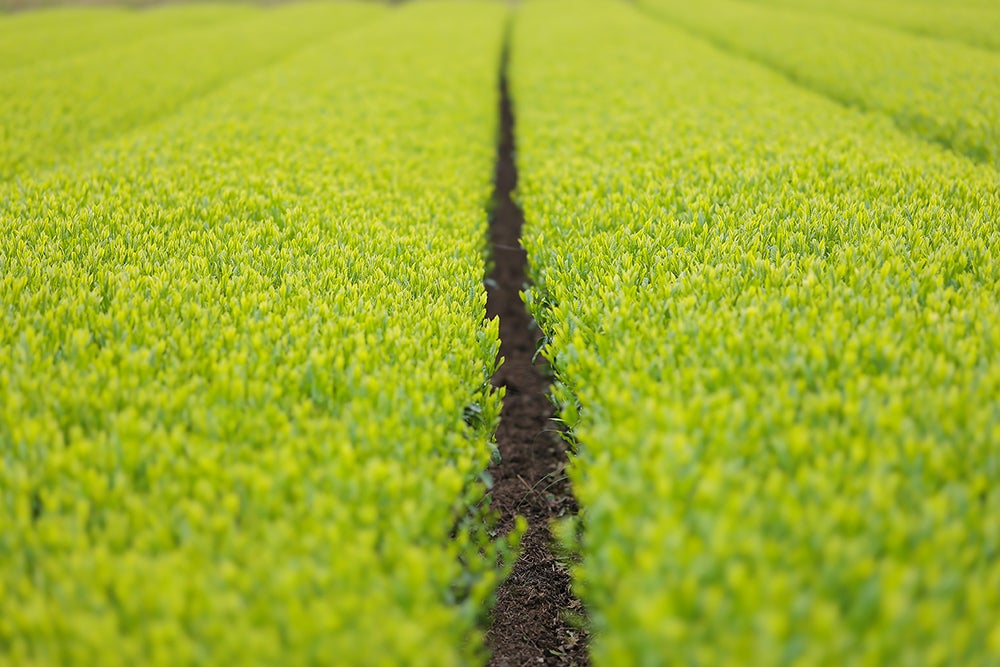
◆ The Concept: “Contemporary Organic Japanese Tea”
The name “ISSO” comes from the Japanese word “一草 (Issō)”, meaning “a single blade of grass.” It reflects our belief in treasuring even the smallest part of nature. After exploring over 100 naming ideas and studying countless dictionaries, we finally arrived at this name.
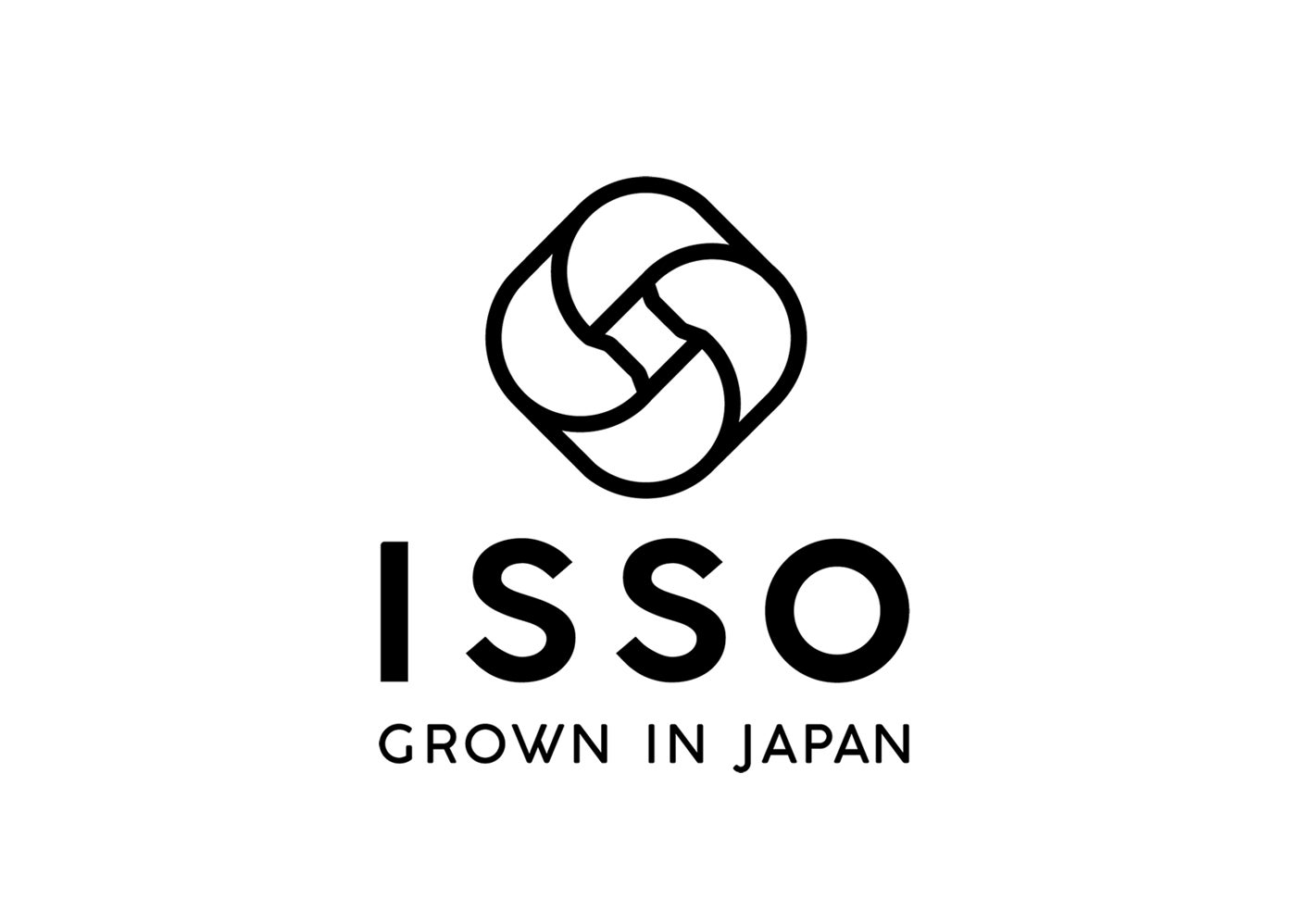
Next came the imagery: I collected over 200 photos from the internet and elsewhere to visualize the scenes in which our tea would be enjoyed. Through countless conversations with my husband — including during travel — the concept of “Contemporary Organic Japanese Tea” was born.
We then began the process of sourcing high-quality organic tea leaves. I cold-called many industry associations, contacted producers directly, and pursued every lead to connect with farmers who were committed to organic cultivation.
At first, I was nervous about how I’d be received — a stranger approaching them out of the blue. But the responses were warm:
“We grow tea, not sell it. We're counting on you.”
“We want you to bring fresh energy.”
“Stick with it — we’re excited for you.”
Even producers with centuries of history were receptive and encouraging. I was deeply grateful — and simultaneously came to understand the many challenges tea farmers face, such as a lack of successors to continue the craft.
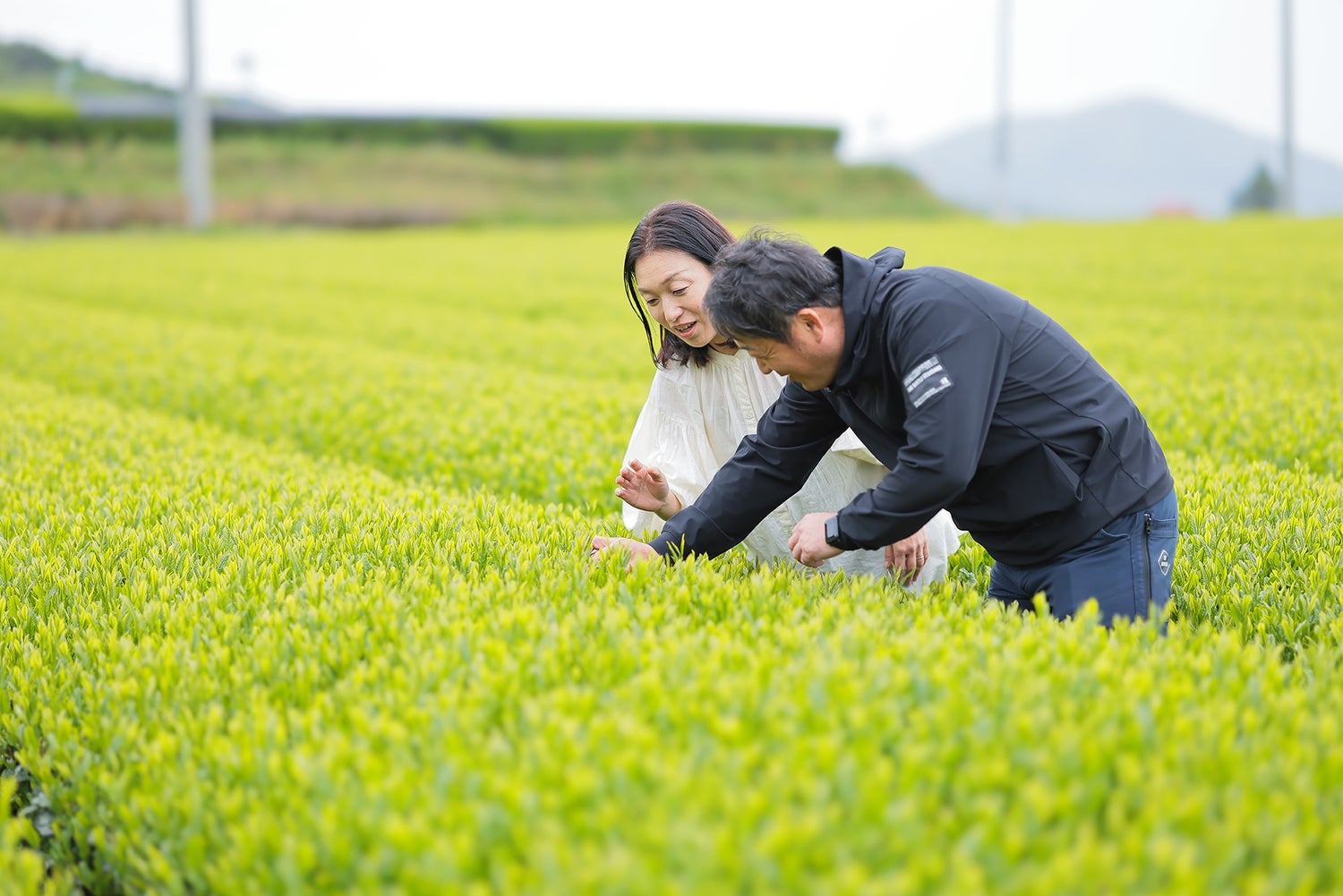
Organic tea cultivation is far more difficult than conventional methods. Pests and diseases can affect crops, and yields tend to be lower. Switching to organic farming also requires a three-year transition period, which can be a major hurdle.
I saw firsthand how top-quality organic tea is made possible by the farmers’ incredible skill, passion, and persistent pursuit of excellence — from soil preparation to harvest.
In Japanese tea production, there are two key processes: Aracha (raw tea) and Shiage (finishing). Meeting our finishing partner — a tea master who had won top awards at national finishing competitions — was a turning point for us. With extraordinary technique and long-standing trust in the tea community, he resonated with our vision and became a valued collaborator.
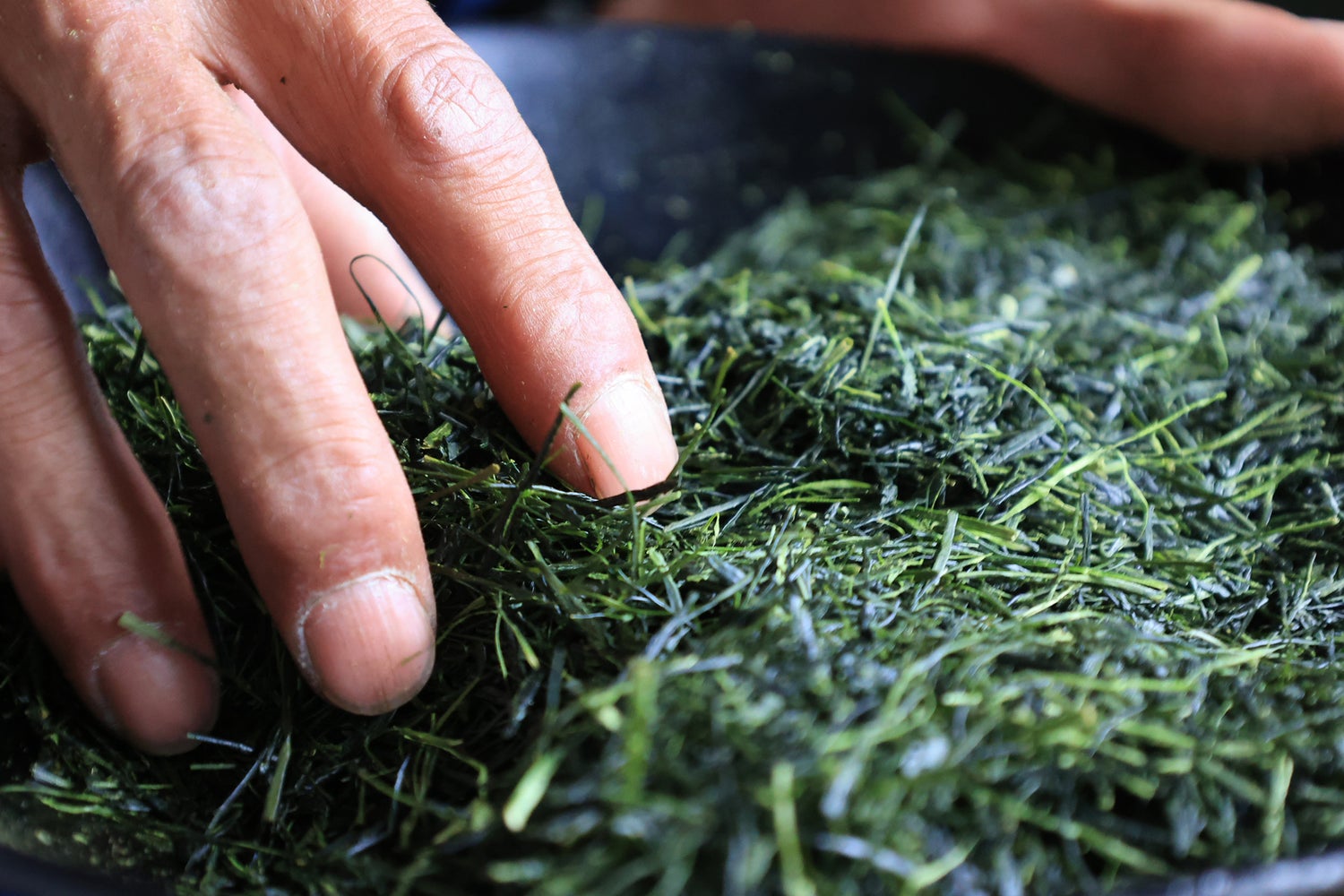
◆ At One Point, We Compared 40 Cups of Genmaicha on a Table — In Search of “A Delicious Cup, No Matter Who Brews It”
ISSO TEA now offers seven varieties:
-
Signature Sencha
-
Roasted Bo Hojicha
-
Genmaicha
-
Yutaka Midori Sencha
-
Lemongrass Green Tea
-
Black Soybean Hojicha
-
Ceremonial Grade Matcha
Each was fine-tuned with careful adjustments to tea amounts, brewing methods, and flavor profiles — with support from our U.S. partners to ensure the taste would appeal internationally.
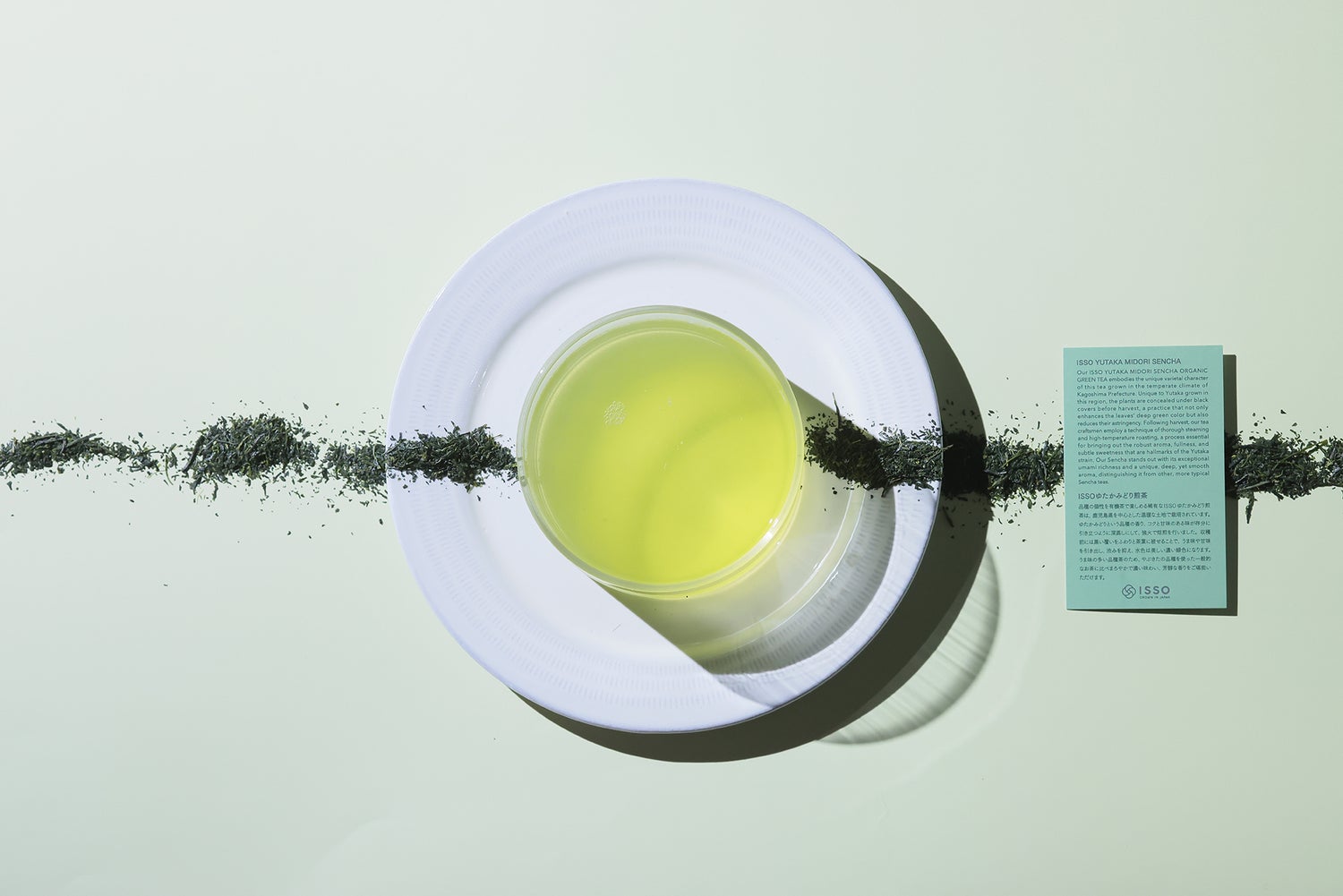
We wanted people unfamiliar with tea to enjoy it just as much, so we carefully selected ingredients, serving sizes, and brewing methods for each product. We also suggest food pairings from various global cuisines to suit different lifestyles.
We even revised our recommended brewing volume. Initially, we based it on a small Japanese yunomi cup (100 ml), but our American partners said, “We use mugs or tumblers — we need more.” So, we recalculated everything using the standard U.S. cup (about 230 ml), and re-tested all parameters.
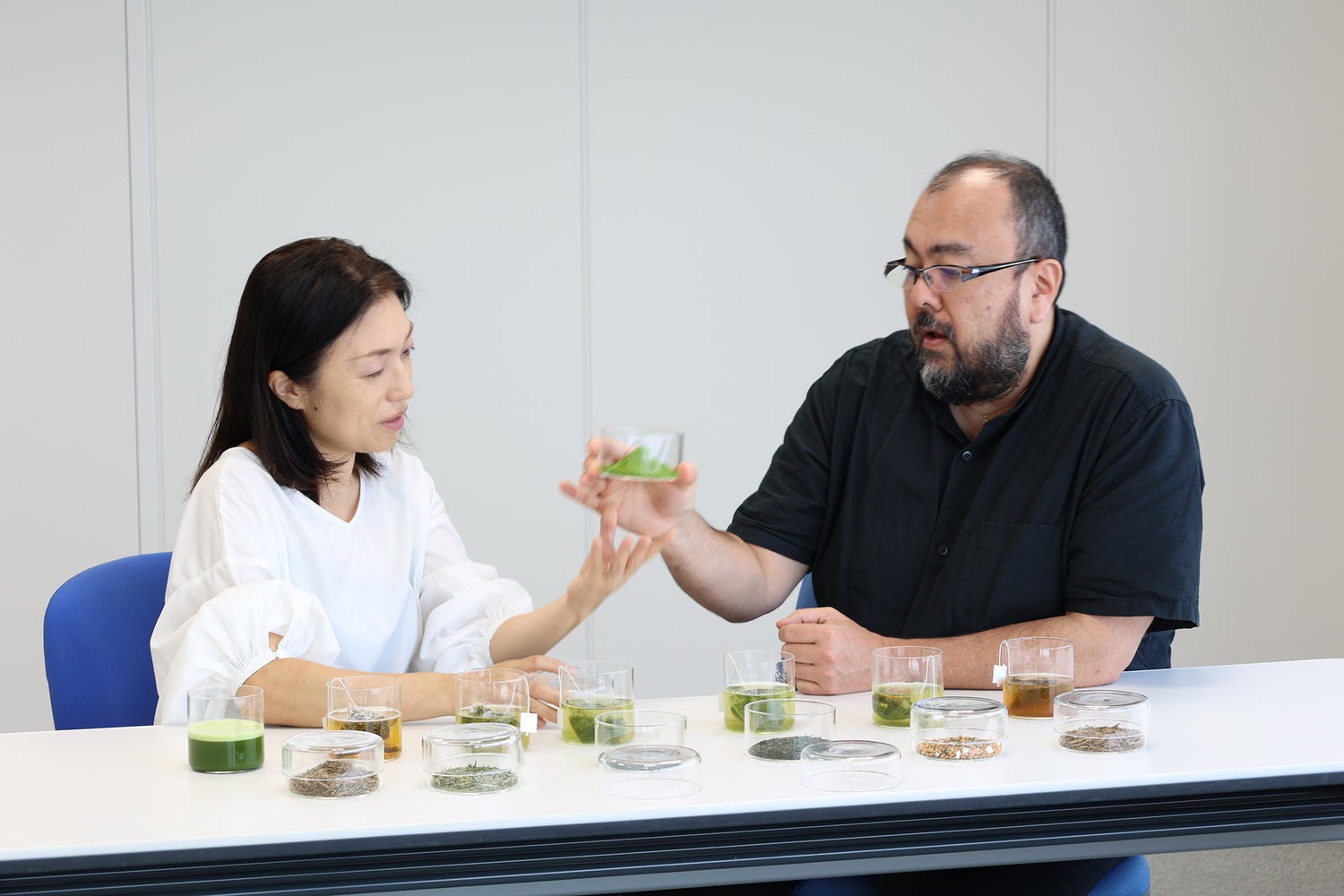
For feedback, we reached out to expats, moms at my child’s preschool and English classes, and international friends to understand local tea habits and preferences.
Every tea presented its own challenges, but Genmaicha was the most difficult. Balancing the green tea and roasted rice proved elusive. We tested many combinations — sometimes filling three tables with wine glasses of Genmaicha in search of perfection. After much trial and error, we finally created a blend that even Genmaicha aficionados now praise.
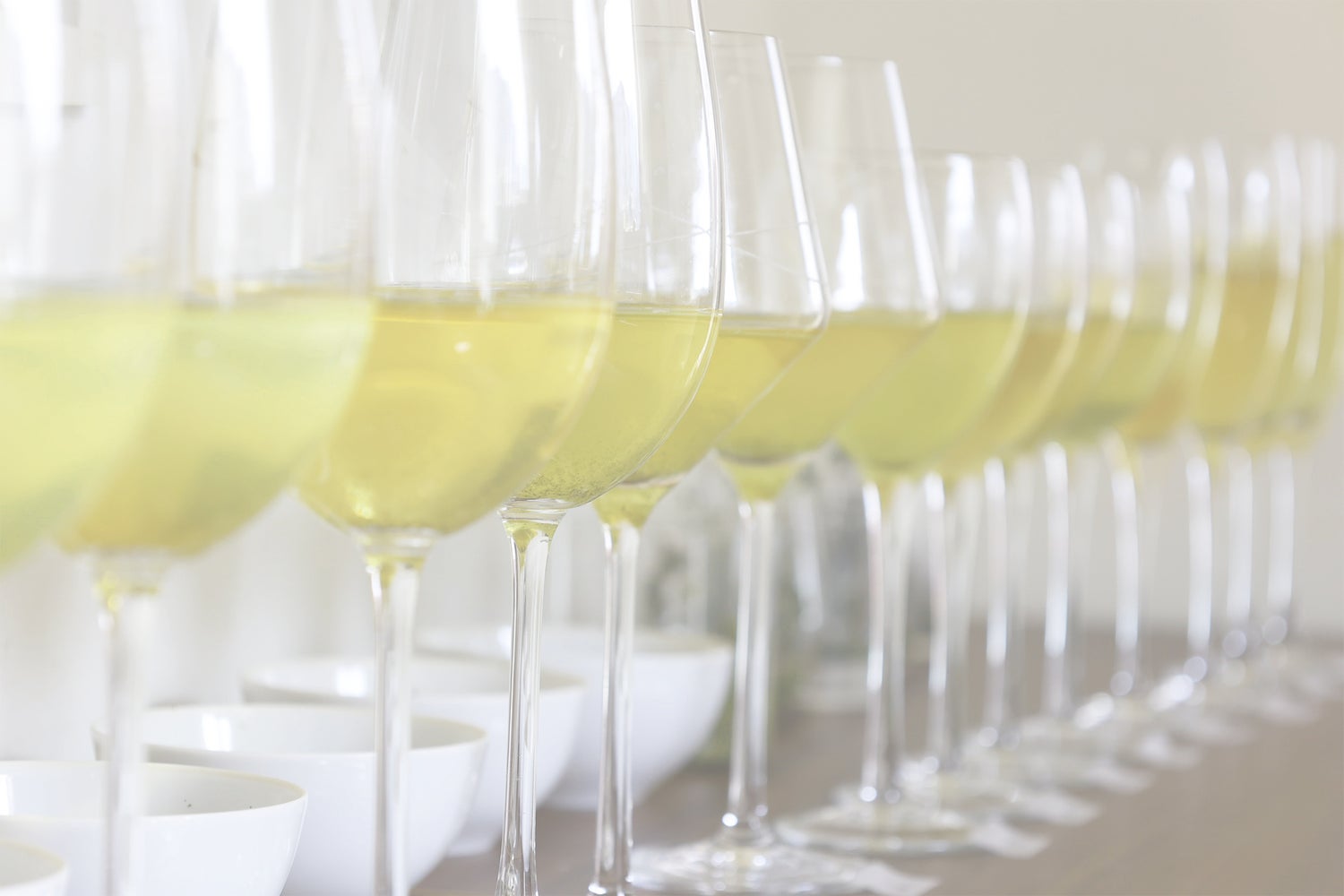
◆ The Japanese Aesthetic of “Subtraction” — Pursuing Simple, Refined Beauty
Even before defining our brand concept, we were committed to creating an environmentally responsible brand. That commitment led to countless visits, discussions, and explorations. We were fortunate to meet an exceptional design partner who elevated our ideas further. Inspired by traditional Japanese colors, ISSO TEA’s color palette was meticulously refined — with adjustments made until the very last minute (and sometimes beyond).

For photography, we traveled with a mountain of gear to shoot in Kagoshima, Hong Kong, and Tokyo with top photographers. The process was intense, with many long nights of uncompromising back-and-forth communication. Our website was finally completed with the support of a premier Japanese creative team.
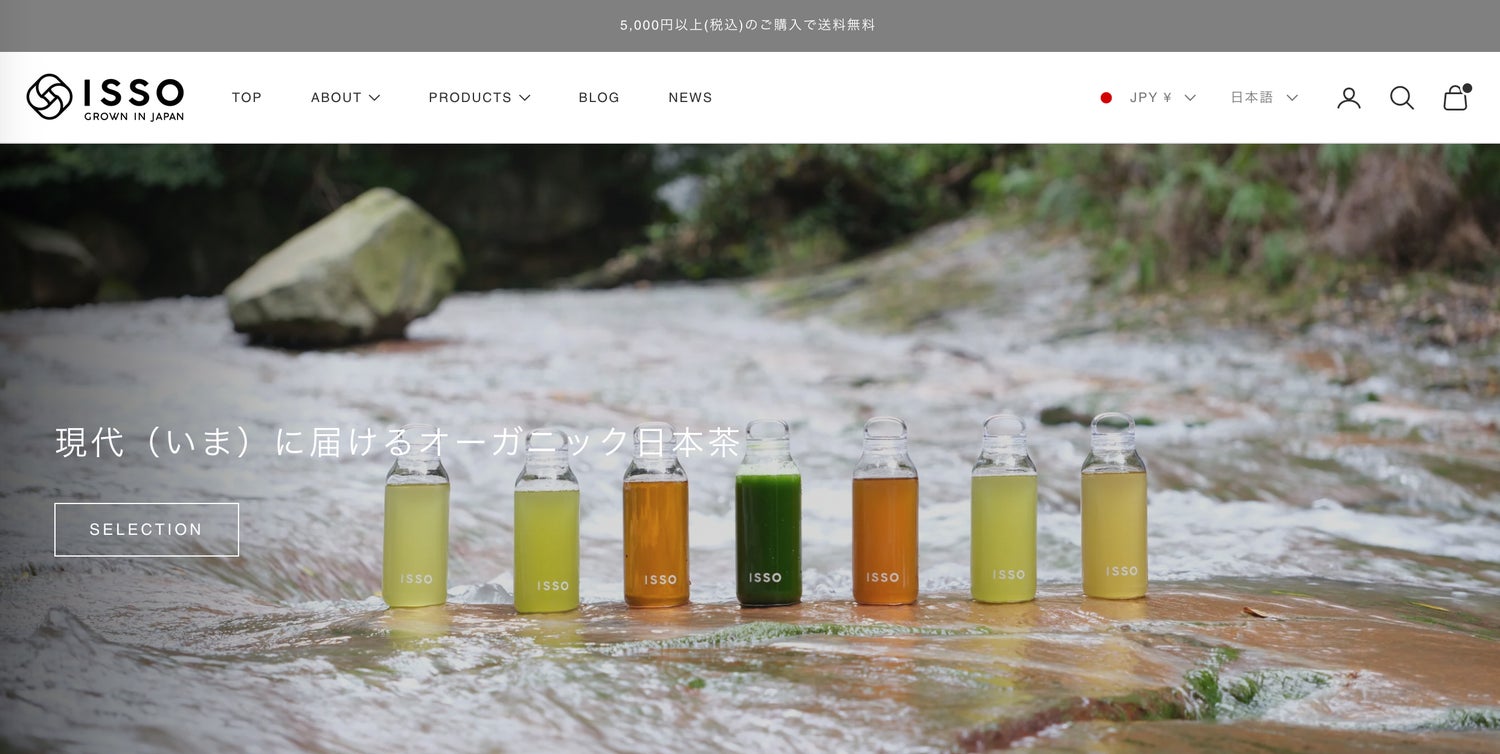
◆After the Launch
In May 2024, ISSO TEA officially launched. The following month, we received the Gold Award at the Omotenashi Selection, which recognizes outstanding Japanese products and services that exemplify the spirit of hospitality. After tasting and evaluating our teas, the judges gave us high marks — a powerful affirmation that our vision of a “Contemporary Japanese tea” was resonating.
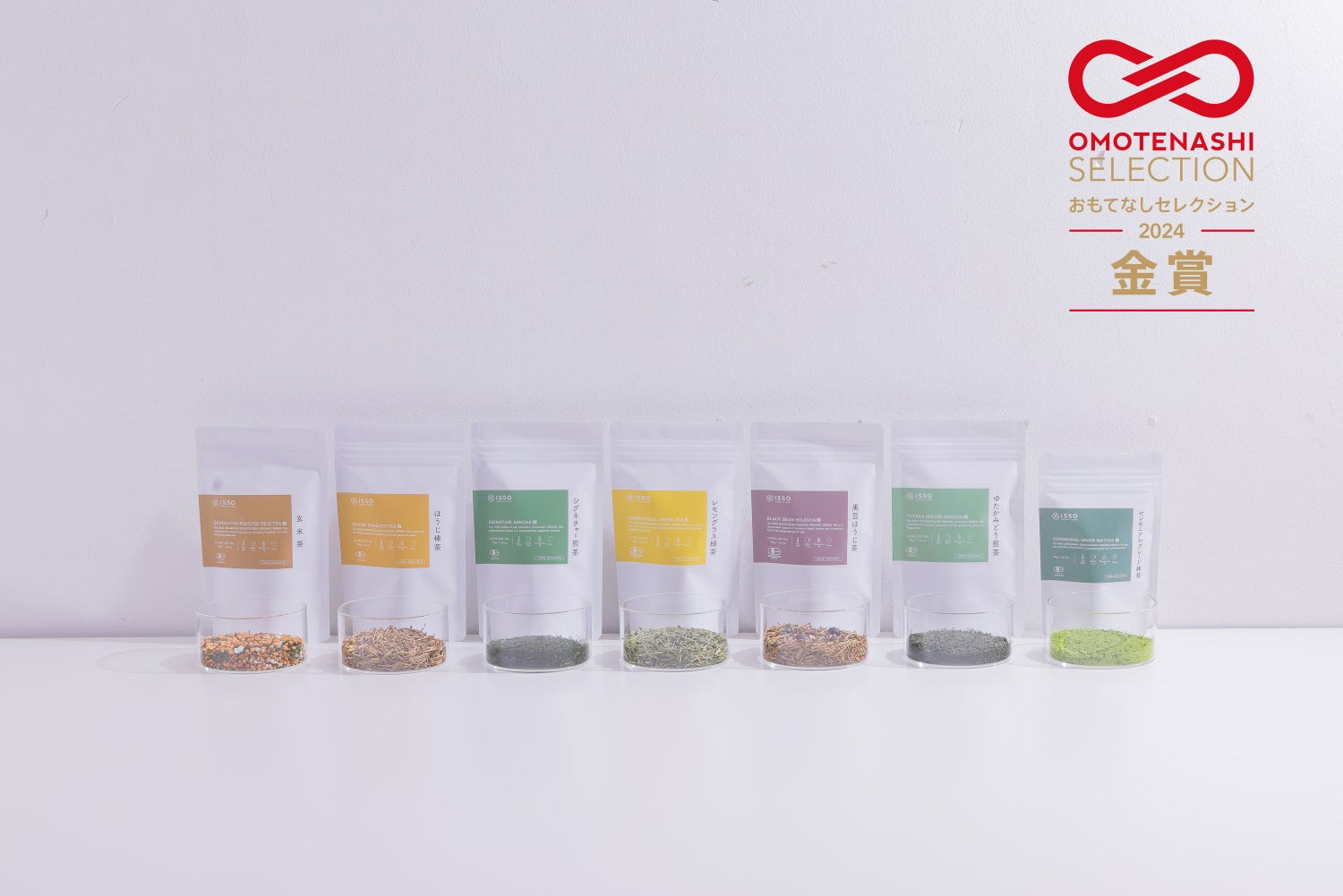
In August of the same year, we were honored to have ISSO TEA served at Sukiyaki Nakagawa in Hong Kong, followed by Teppanyaki Mihara GOTEN, a Michelin-listed restaurant. This was a tremendous source of encouragement for us. Both establishments are highly regarded and frequently featured in the media, loved by discerning diners and regular patrons alike, and have earned strong reputations in Hong Kong’s culinary scene. Notably, both restaurants were recognized at the recent 20th Asia Food and Beverage Awards.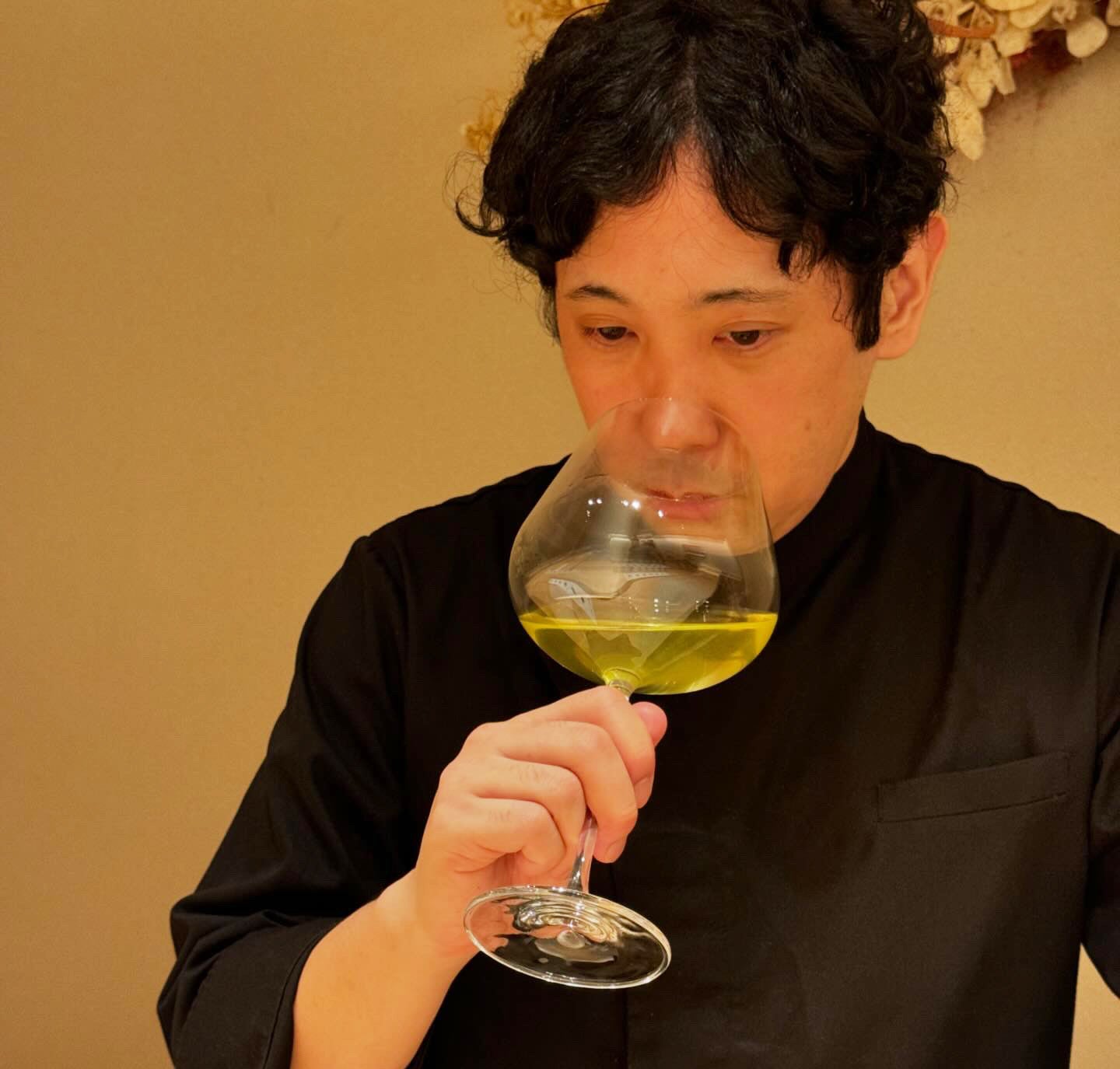
Chef Kazuyuki Itagaki of Sukiyaki Nakagawa is an old acquaintance—he created wagashi and kaiseki cuisine for one of my earlier modern art tea gatherings. When he became the chef at Nakagawa in Hong Kong in April 2024, he expressed interest in ISSO TEA. After sampling, he gave thoughtful feedback on each tea.
One memorable story came from a customer who loved our Genmaicha so much that he left the restaurant, only to return shortly after asking to buy the entire stock.
Nothing brings us greater joy than seeing the value of Japanese tea rediscovered and elevated through our wonderful partners.
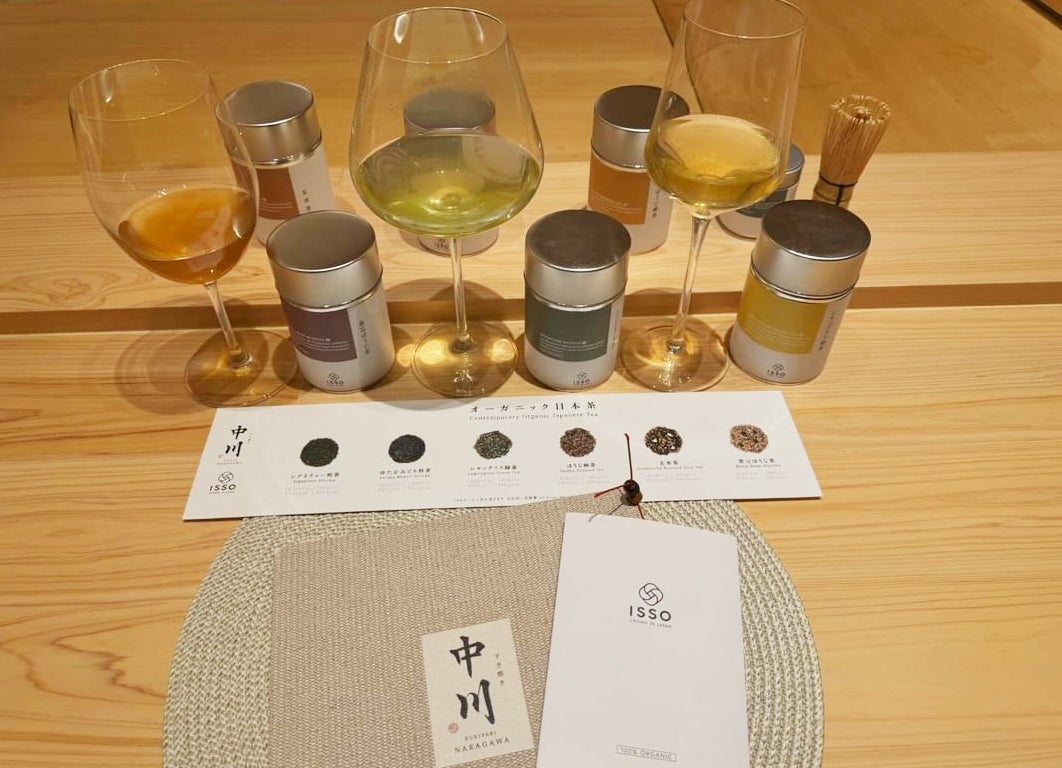
◆ A journey of trial and error
Reading this, it may sound like everything went smoothly. But in reality, it has been a daily journey of trial and error. We receive inquiries from countries around the world and carefully research each country's regulations. Interest abroad is especially high for matcha. We want to use the global popularity of matcha to raise the value of Japanese tea as a whole.
◆ Leaving Japanese tea as an option in daily life
We want even those unfamiliar with Japanese tea, or who have rarely brewed loose-leaf tea, to enjoy it. That’s why we offer both teabags and leaf options, in individual packets, pouches, and sets with informational ISSO TEA cards and tins. Our teabags are made from biodegradable materials so they can be easily taken anywhere and enjoyed in any setting. Our loose-leaf teas offer the full depth and richness of Japanese tea, brewed to your taste.
We hope to leave these kinds of options behind for future generations.
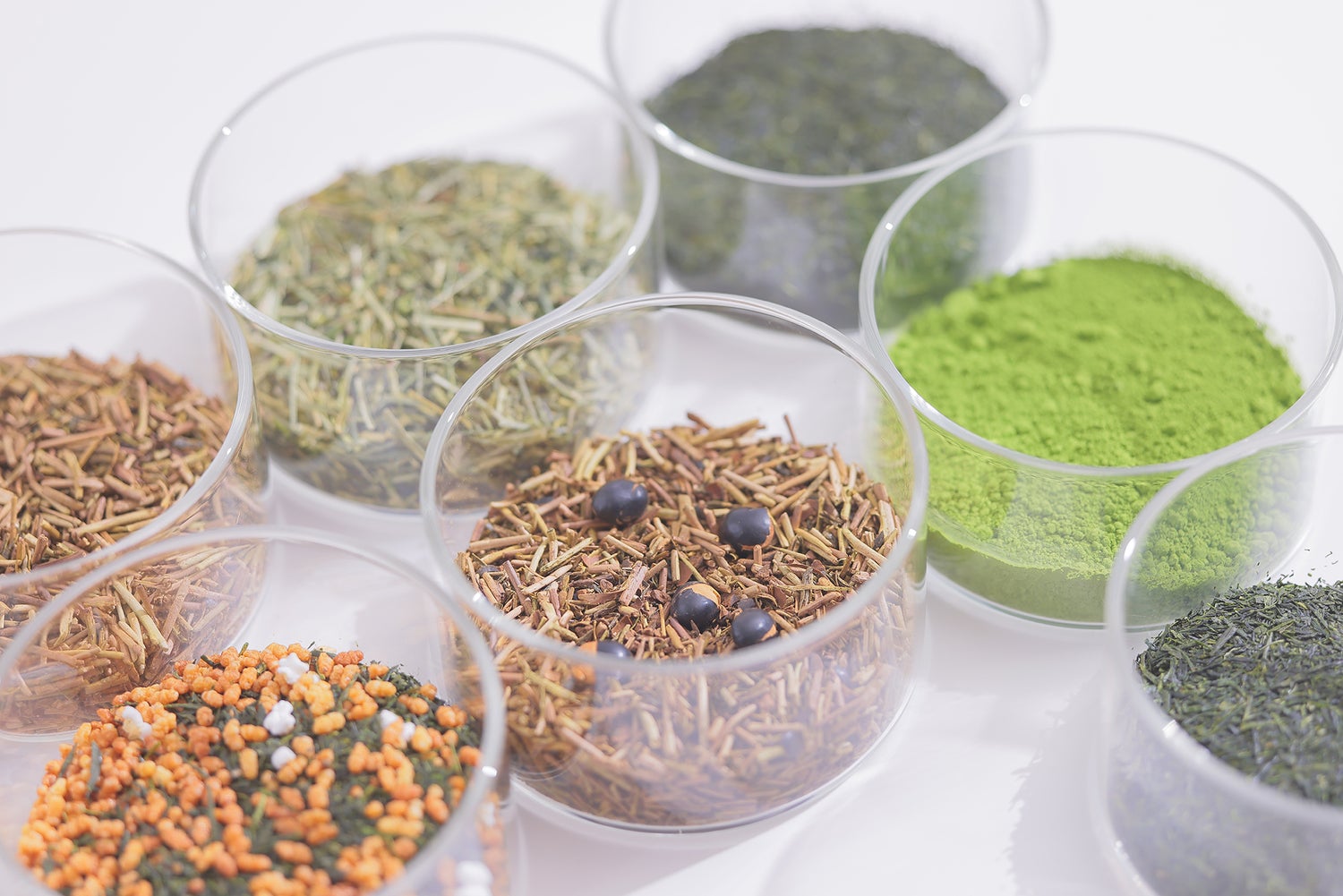
In March 2025, we began sales in the Czech Republic. More shops, restaurants, and cafes in Japan and abroad are starting to carry ISSO TEA. We have been supported by countless people before and after our launch—too many to name here.
To everyone who enjoys ISSO TEA, we are deeply grateful.
We hope to pass on even a small part of the good life Japan has to offer to future generations. Japanese tea is one such tradition. We will continue working toward a future where children and grandchildren live in happiness, cherishing their unique identities.
Related pages:
Announcement of ISSO TEA's "Omotenashi Selection 2024" Gold Award
Available from August 1st at Sukiyaki Nakagawa in Hong Kong
Started offering in Hong Kong “TEPPANYAKI MIHARA GOTEN”
Now available at CAFE SOFA in Prague, Czech Republic


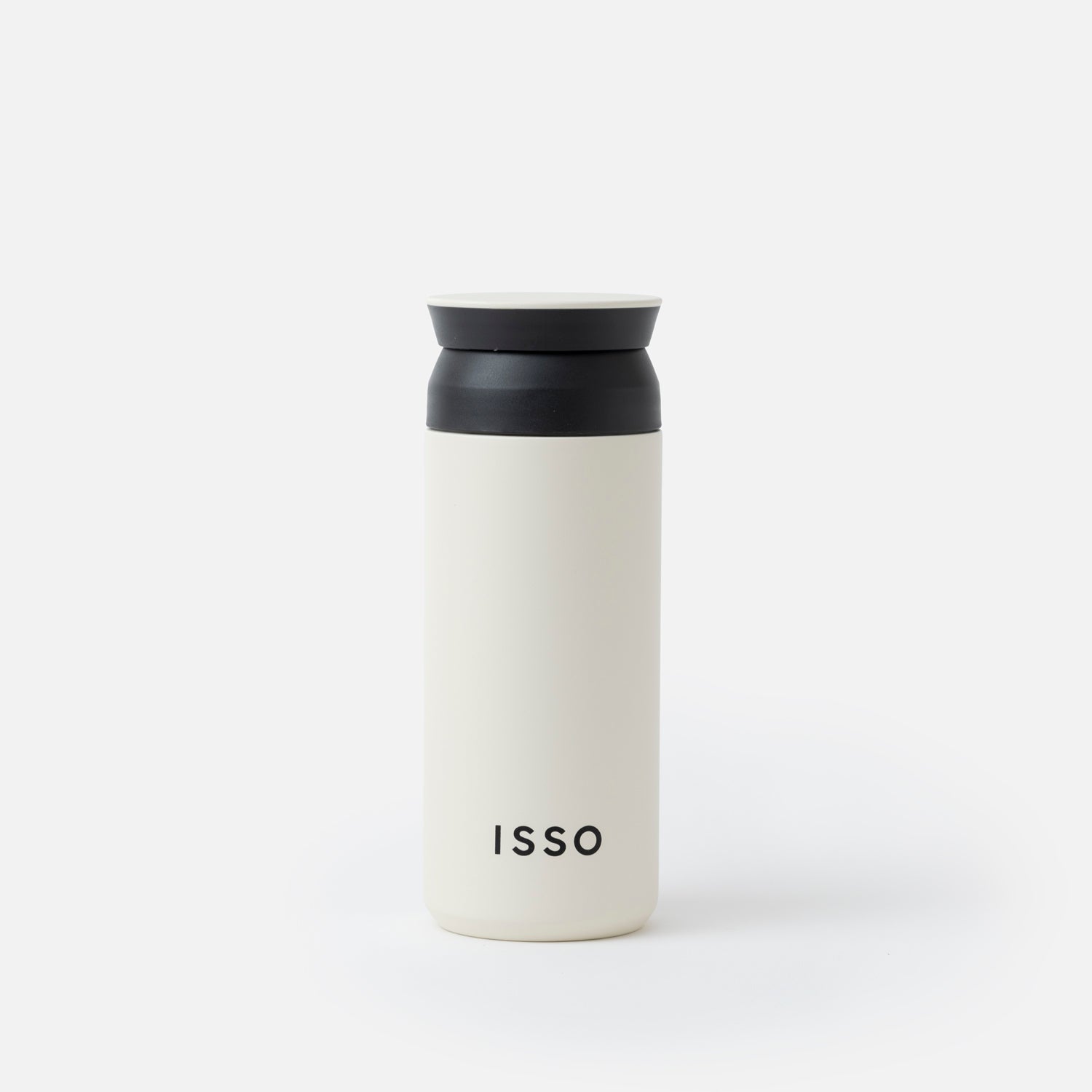
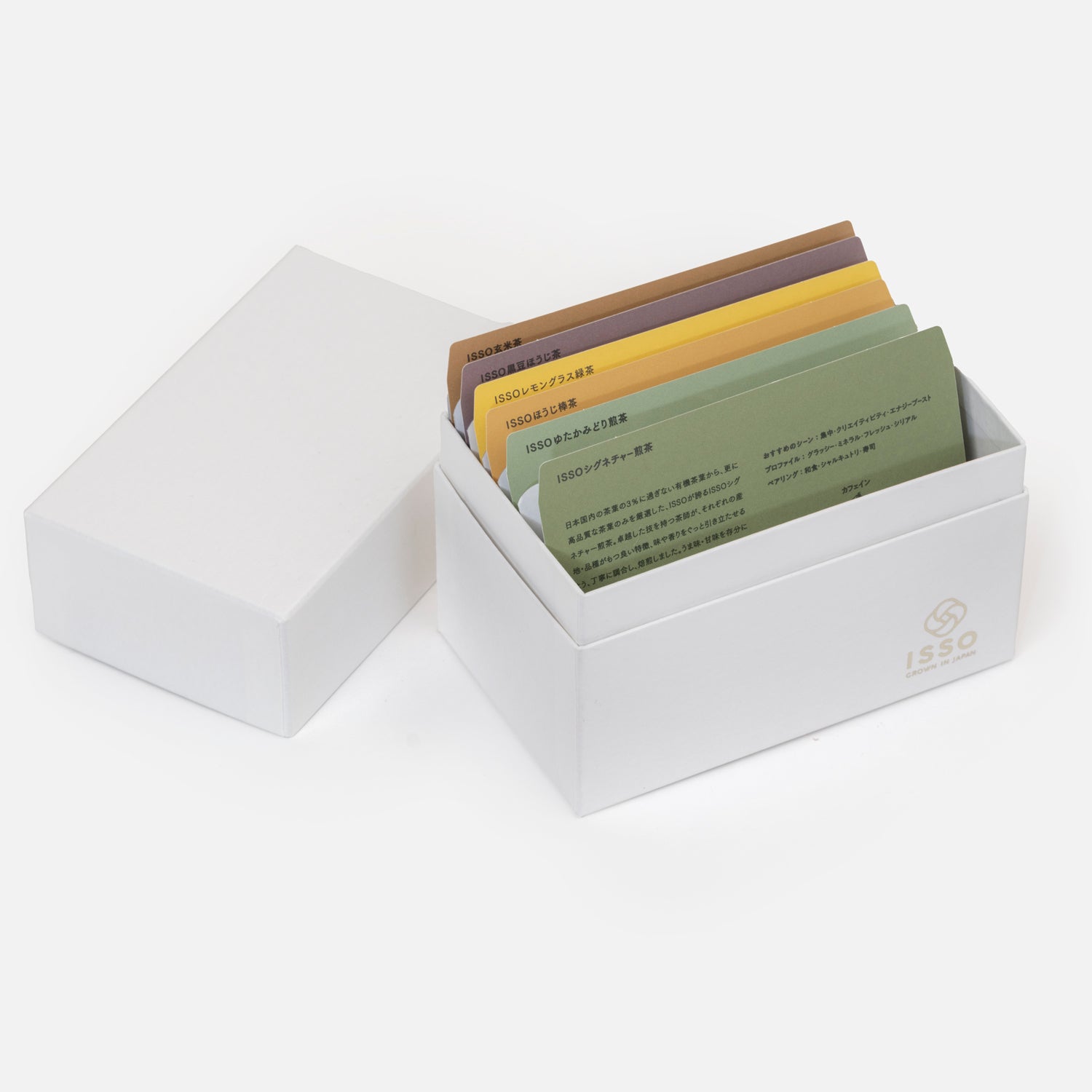
![[ISSO TEAの定期便]オーガニック日本茶をいつも暮らしのそばに。](http://tea.issojapan.com/cdn/shop/articles/blog029A2792_ecde7c9d-b3b0-4661-86db-d60fb6b64117.jpg?v=1753568048&width=2706)
